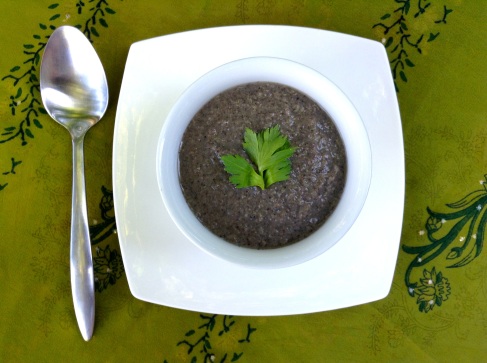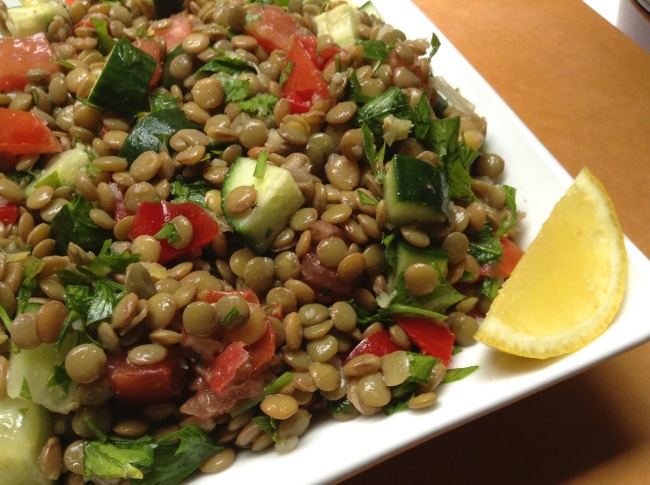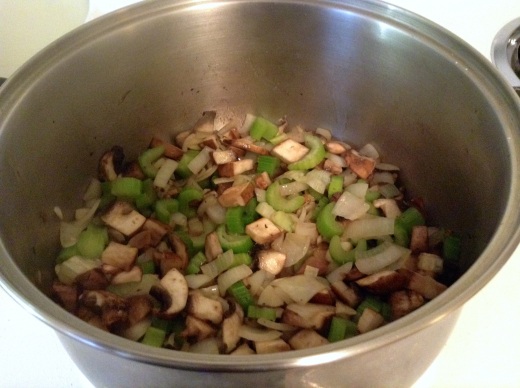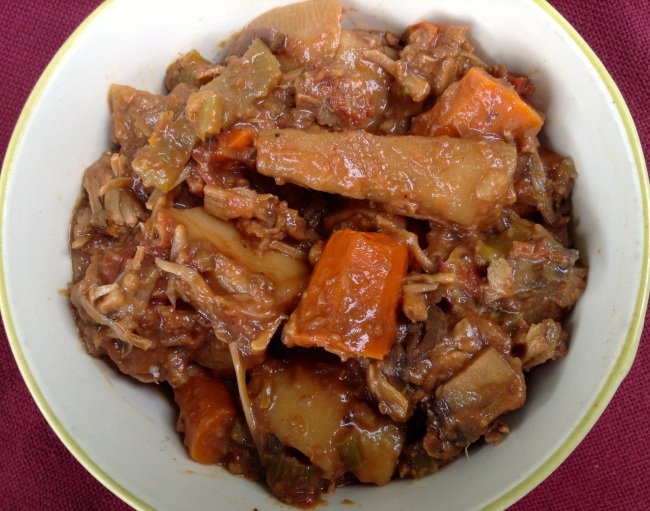
I completed Diablo 3 (PS3) on Normal – Master I, as the wizard, with the Templar. After initially playing on Normal, which was mind-numbingly easy, I restarted on Master I. This was a good difficulty level for me, a moderately experienced player of action RPGs, in terms of enemy health and offensive power, and the dungeon-crawling was fun. However, many other elements of the game design conspired to provide a game experience with virtually no sense of risk or danger, and therefore devoid of real excitement.
First and foremost, there are virtually no consequences for dying outside of boss battles. Oh, my equipment suffered a 10% durability loss? I’ll just instantly teleport back to town and fix it for mere pennies. Phew, crisis avoided. Seriously though, it’s as if the game developers thought that making you occasionally have to spend 45 seconds going to get your stuff fixed would provide enough of a death-deterrent to give the game some tension. Umm…. no. At least you have to complete boss battles in one life, providing the game with a bare minimum of challenging moments.
(I actually liked the boss battles for the most part, which is rare for me; I generally have a bit of a hate on for bosses in games. But maybe I just liked them because they were the only exciting parts.)
Similarly, the socketing aspect of gear customization felt hollow. The fact that you can install and remove gems as many times as you like means that you can just throw any old gem into any old weapon or piece of armour, see how it goes, take it out, stick it in something else, and so on, and so forth. There is no commitment. I would have liked to see a system that involves permanent gem installation, meaning that you’d have to put some real thought into gear planning.
The teleport-back-to-town option is unlimited and can be used anytime, anywhere (except, I’m assuming, in boss battles… I don’t think I ever tried it). I remember in Champions of Norath, having to hoard precious gate scrolls to use sparingly for trips back home to the merchants. Once again, Diablo 3 makes it all too easy by letting you zip around the world at a moment’s notice and as often as you please.
Mind you, it’s not like you’re going to town to buy anything from merchants (except maybe the odd health potion); they never seem to carry gear that’s comparable, let alone superior to what’s getting dropped in the field. I appreciate games that stock merchants with really badass and expensive gear, so that you end up saving your cash to buy that one amazing piece of equipment. It gives you something to work toward. This is not the case in Diablo 3.
While the full-motion cutscenes between acts were fantastic, the in-game dialogue was pretty boring. As I mentioned in a previous article, I need to see characters’ faces while they’re talking, at least part of the time, to really feel engaged. An ellipsis appearing in a speech bubble over a character’s head to show who’s talking is not what I consider enthralling storytelling. The only really excellent moment of voice acting was by a woman trapped in the web of a giant spider (huge spiders… a real trope of dungeon crawlers). Her brief scene of absolute terror stood out amidst the game’s mostly ignorable dialogue. I also liked the female monk’s pseudo-Russian accent.
I had originally planned to play this game on couch co-op with R., but we quickly discovered that Diablo 3 has a serious flaw in this game mode: only one player at a time can access their menu. For a game so heavy on looting and inventory/skill management, this was a deal-breaker. We opted to play individually rather than spend copious amounts of time either waiting for the other player to use their menu or feeling rushed when using our own.
Although I obviously have a lot of complaints, the game wasn’t all bad. Having played both the monk and wizard and having watched R. play the witch doctor, I got a good sense of the variety of character classes. I appreciated the differences between the classes and the wide range of skills: the wizard with her wide variety of offensive, defensive, and support spells allowing for a high level of player choice in fighting style; the monk fighting fast and hard up close, zipping around the screen to instantly close distances between monsters; the witch doctor rolling around with a huge posse of zombie dogs, spiders, gargantuans, fetishes (tiny creatures with absurdly large knives), bats, and other creatures to do his bidding.
While it was a strange decision on the part of the developers to omit any player input into the skill development path (each level unlocks a few skills/skill-modifying runes, but these are predetermined), the lack of a customizable skill tree didn’t actually bother me very much. I think this is because there was such a wide range of skills, and there were a few unlocked at each level; by choosing which skills and runes to equip, the player is able to customize the character’s abilities.
Ultimately, my overall feeling was that the game was designed to hold your hand in every area except maybe in direct battle with monsters. I understand that higher difficulties like Nightmare and Inferno would provide very challenging battles, but the peripheral issues would still be problematic. While I certainly enjoy the thrill of seeing that orange item heading indicating a legendary find, I’m not loot-driven enough to feel satisfied by this game. For me, Diablo 3 missed the mark.

















